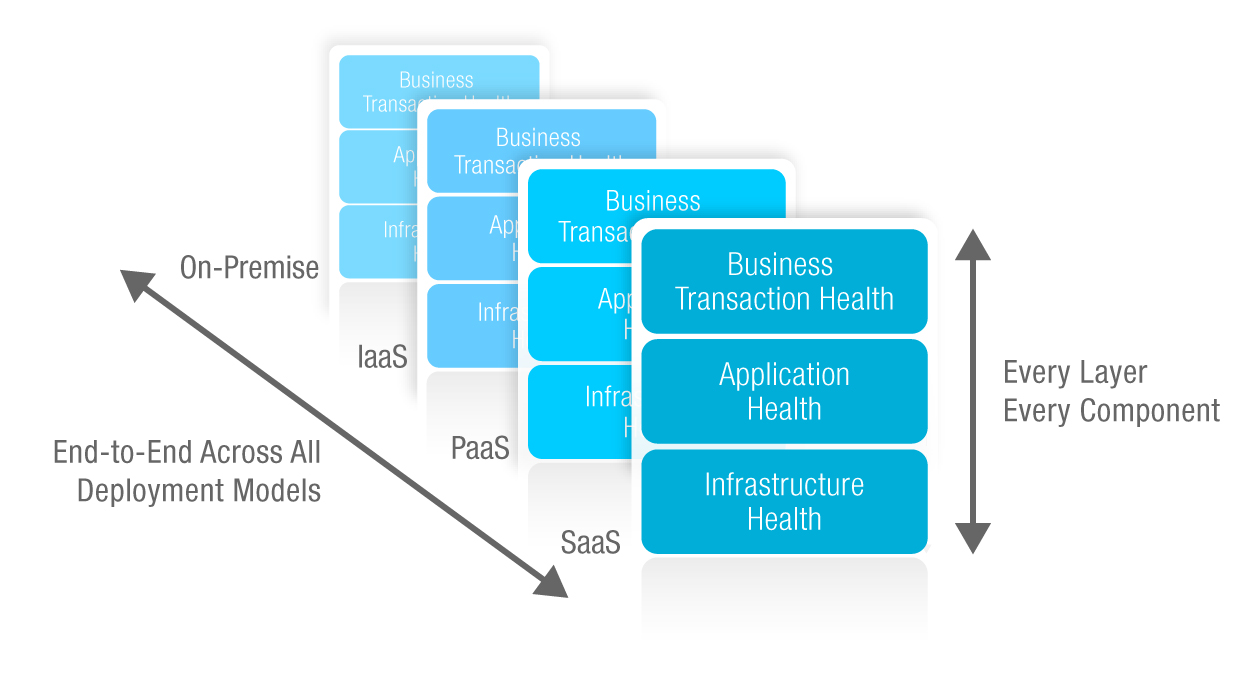Providing a delightful user experience on websites has become paramount. Users expect websites to load swiftly, offer seamless navigation, and provide a smooth browsing experience. Any delays or glitches can lead to frustration, ultimately driving users away. Here’s where a web performance monitor comes in handy. By closely monitoring and optimizing a website’s performance, businesses can significantly enhance the user experience and ultimately achieve success.
The importance of web performance monitoring
In a world where instant gratification is the norm, users have little patience for slow-loading websites or unresponsive web pages. Studies have shown that even a slight delay in page load time can significantly impact user satisfaction and conversion rates. Web performance monitoring enables businesses to proactively identify and address performance issues, ensuring their websites deliver a delightful user experience.
Acquiring services from reputable sources like Quantum Metric performance monitoring is also crucial to genuinely improving the user experience on the website.
The key metrics of web performance monitoring
To effectively monitor and optimize web performance, tracking key metrics that directly impact the user experience is crucial. Here are some of the essential metrics to consider:
Page load time
Page load time refers to the duration for a web page to fully load and display its content. Faster page load times result in improved user satisfaction and increased engagement.
Time to First Byte (TTFB)
Time to First Byte (TTFB) measures the time it takes for the first byte of data to be received from the server. A low TTFB ensures faster response times and quicker loading of web pages.
Render start time
The render start time indicates when a web page begins to display its content visually. By optimizing render start time, businesses can provide users with a faster and more interactive browsing experience.
Time to Interactive (TTI)
Time to Interactive (TTI) measures how long it takes for a web page to become fully interactive, allowing users to engage with its elements. A shorter TTI ensures a more responsive and engaging user experience.
Improving Web Performance for Mobile Devices
With the increasing use of mobile devices for browsing, optimizing web performance for mobile has become crucial. Here are some techniques to enhance mobile web performance:
Responsive design
Responsive design ensures that websites adapt seamlessly to different screen sizes and devices. Businesses can provide a smooth and user-friendly mobile browsing experience by optimizing layouts and content for mobile devices.
AMP (Accelerated Mobile Pages)
Accelerated Mobile Pages (AMP) is an open-source framework that enables the creation of lightweight and fast-loading mobile pages. By implementing AMP, businesses can deliver near-instantaneous page load times for mobile users.
Progressive Web Apps (PWAs)
Progressive Web Apps combine the best of web and mobile app experiences. PWAs leverage service workers to enable offline access, push notifications, and fast loading, providing a native app-like experience with excellent performance.
Network optimization
Optimizing network usage by minimizing external resources, leveraging caching, and optimizing data transfer can significantly improve web performance on mobile devices with limited bandwidth.
Final words
Web performance monitoring is not just a technical aspect but a critical factor in delivering a delightful user experience. By closely monitoring and optimizing web performance, businesses can enhance user satisfaction and drive success in the digital landscape. Embracing best practices, leveraging cutting-edge tools, and staying abreast of emerging trends will ensure that websites continue to delight users in the ever-evolving online world.
